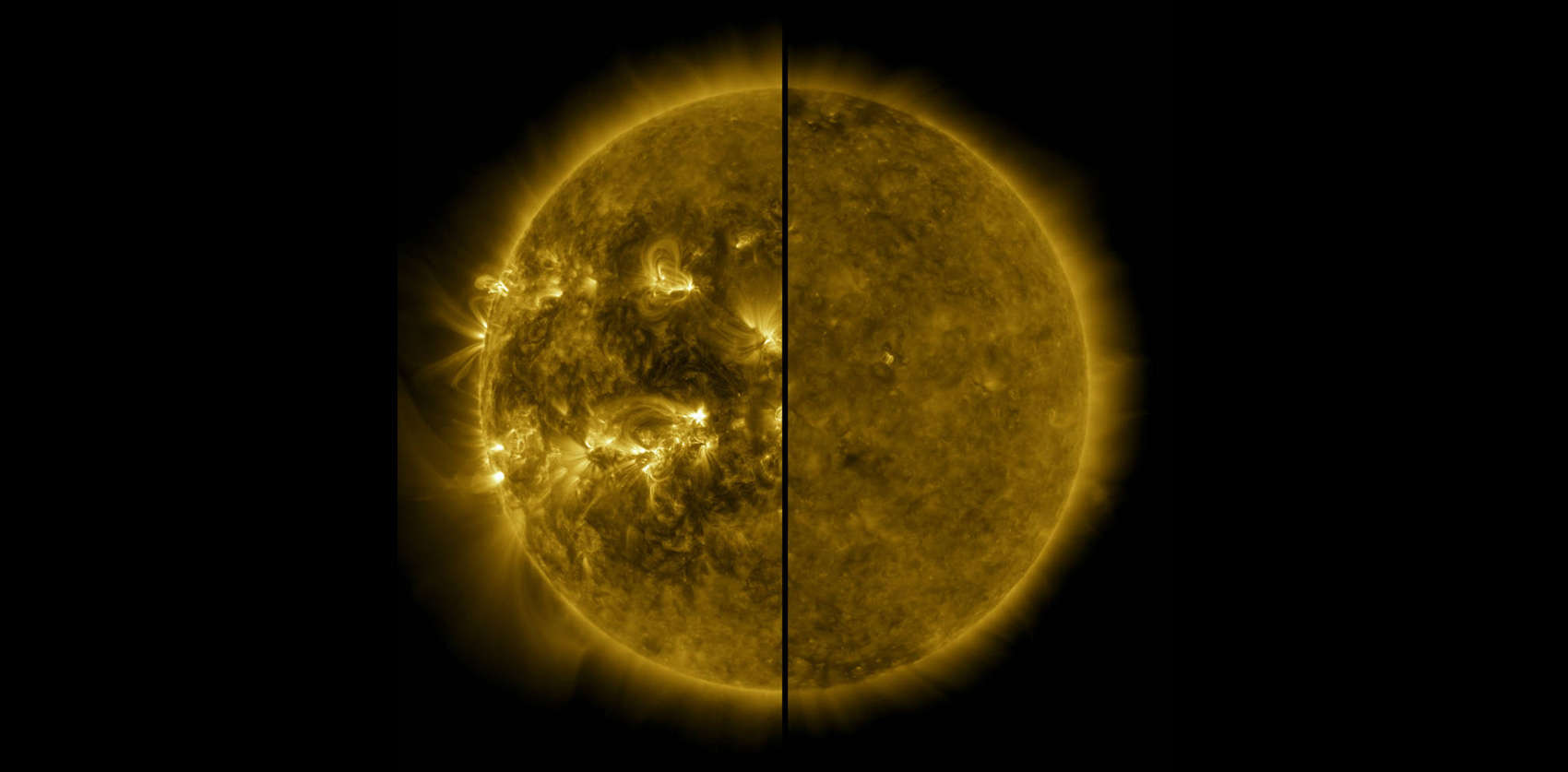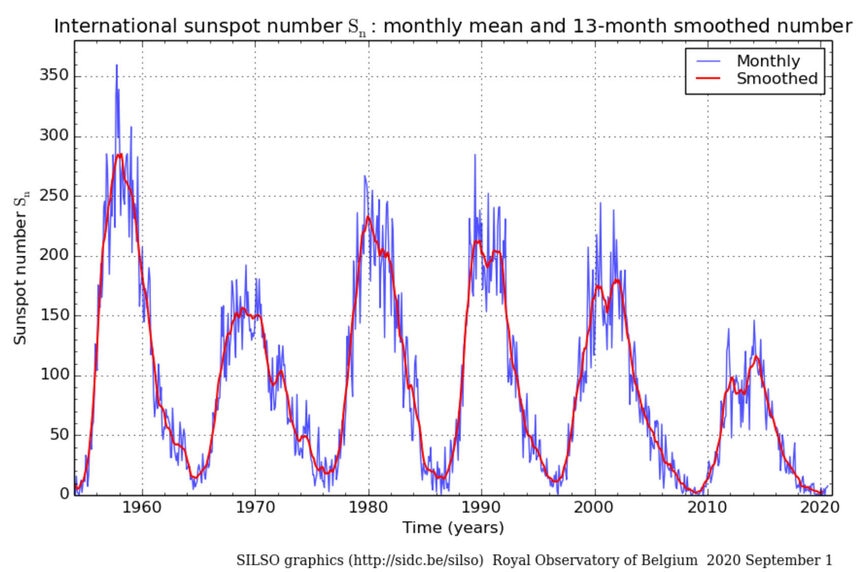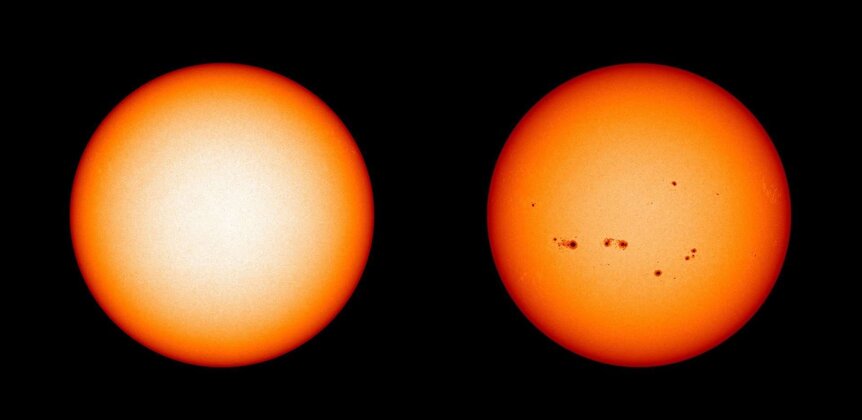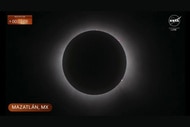Create a free profile to get unlimited access to exclusive videos, sweepstakes, and more!
How active will the Sun get this cycle? Scientists make their prediction.

A panel of experts on the Sun has come to a unanimous conclusion: The solar cycle that has just begun will be much like the last one, perhaps breaking the trend of diminishing magnetic activity the Sun has been exhibiting over the past few decades.
The Sun has a magnetic field, generated by the movement of plasma (gas where the electrons have been stripped off their atoms by the intense heat) deep below the surface. It's not like a bar magnet, with simple north and south magnetic poles; instead it's fiercely complex, like a sack full of millions of magnets that move and slither and change shape and sometimes poke their heads above the surface.
When a parcel of magnetized plasma bubbles to the surface, it can create sunspots: slightly cooler, darker regions on the Sun's face. Over time, the number of sunspots increases and decreases on a loose cycle of about 11 years. They reach a peak number (what we call solar maximum), then wane over the next 5.5 years or so (reaching solar minimum), then start to increase again. The cycle is not at all well defined; there are times when the solar min stretches over several years, for example.
The last max was in 2014/15 (for what's called Cycle 24), and the min was reached in December 2019. Now Cycle 25 has started, with new sunspots appearing on the Sun. Well, kinda; it's been weak so far, with very few spots seen for well over a year.
That's what the panel of solar experts met about. Looking at observations of the Sun coupled with reviewing papers about the Sun's behavior, they have predicted that the new cycle will be about the same as the last one, where at max about 120 spots were seen on the Sun at one time. They think the new max will top out at around 115, peaking in July 2025.
That all by itself would be interesting. The cycle that peaked around 1980 (Cycle 21) reached about 250 spots on the Sun at one time, but the next one was a tad weaker. Cycle 23 peaked in 2003 or so and had even fewer spots (~175), and then the last one, 24 was the weakest yet. If this new one stays about the same as the last one, that may be an indication the Sun is turning things around, and the peaks will get higher again over time. However, that's not really possible to say yet.
The Sun's magnetic field is responsible for some fairly dramatic events like solar flares and coronal mass ejections (together with the behavior of the solar wind this is all called space weather), immensely powerful storms that blast out subatomic particles and/or radiation and massive levels; a powerful flare can release as much energy as 10% of the Sun's entire output in just a few minutes. These can profoundly affect the Earth, causing radio communication issues, power outages, strong aurorae, damaging or destroying satellites, and can even be a danger to astronauts on missions in space. In 2012 there was an outburst so strong that had it hit us things would be vastly different today, and not in a good way. Happily it missed us, but another one like it aimed at us is just a matter of time.
Even if Cycle 25 turns out to be much like 24 in terms of sunspot number, it's hard to say what it will do on a daily basis. Cycle 23 was weaker than the two before it, but blasted out the most intense solar flares ever seen. Even before it peaked it blew out some seriously huge flares.
For these reasons astronomers take the solar cycle very seriously. The Space Weather Prediction Center (part of NOAA) is tasked with monitoring all this, and they co-chaired the expert panel along with NASA. With a new solar cycle ramping up, astronomers and space scientists all over the world will be keeping an eye toward our nearest star to see what it's up to.
I'll be very curious to see how the prediction stands up. The Sun is notoriously difficult to understand, and its magnetic field even more so. But we must understand them if we are to maintain a presence in space and, even more importantly, protect our technological civilization on the ground.















